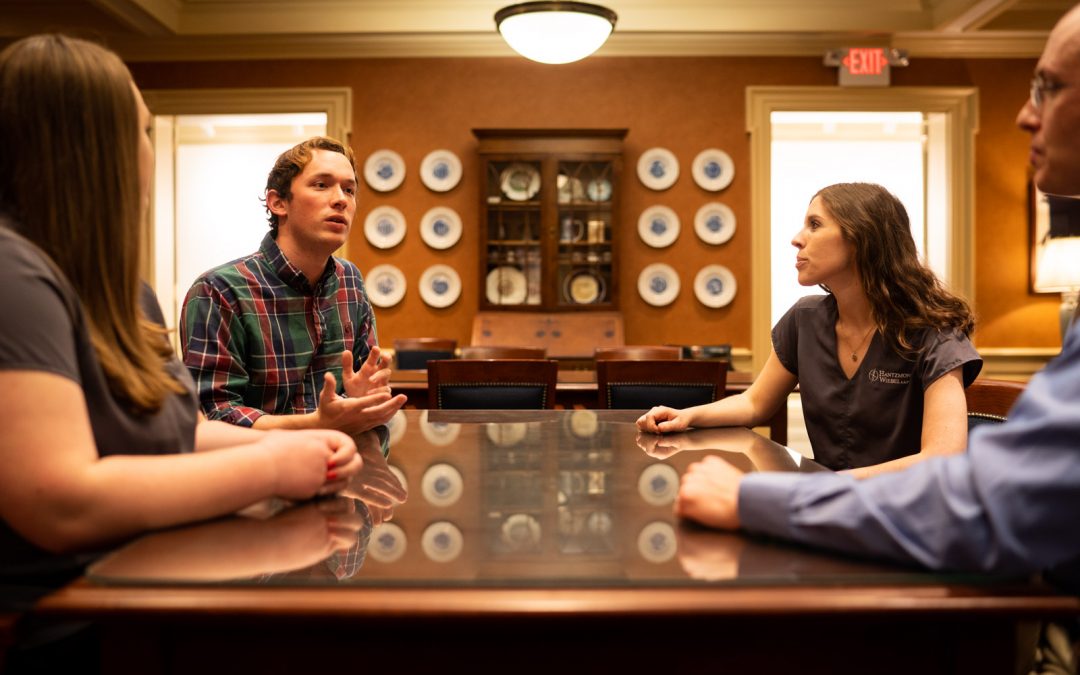The senior care industry is booming. As baby boomers get older, elder care market revenues are expected to reach $388 billion by 2021.
The industry includes a range of services, from assisted living programs (also known as senior living) to continuing care retirement communities, skilled nursing facilities (formerly known as nursing homes), home healthcare and a variety of social services.
Care Trends
Future demand for elder care services will largely be driven by demographics — Americans age 65 and older will more than double from 46 million in 2016 to more than 98 million by 2060. This age group will comprise almost 24% of our overall population.
Modern seniors have expectations for higher quality care options than prior generations, showing an increased “consumerism” when it comes to senior care and housing. They also express a desire to age in place — either at home or at locations close to home and family.
Value Drivers
Depending on the type of senior care facility being valued, various factors weigh differently in the valuation calculation. Yet, there are many common value drivers that valuation analysts consider in this type of business:
Net operating income: Of course, cash flow is the number one value driver, but insurance companies, Medicare and Medicaid account for much of a senior care facility’s income. In fact, Medicare and Medicaid account for about 75% of skilled nursing facility revenue.
Both Medicare and Medicaid are moving toward value-based payment models. There is great uncertainty about how this will impact the market, presenting both interesting opportunities and potential risks.
Analysts look at the target company’s cash flow compared to industry and local market norms. Both have a big impact on value.
Occupancy rates: Given the boomer bubble, one might assume that occupancy rates would be high at senior care facilities. However, occupancy rates in senior housing and skilled nursing facilities were low last year. This drop is due to several factors, including a surplus of new facilities opening and new construction outpacing demand.
Depending on local competition, the value of older facilities — or facilities with fewer amenities — can be diminished by newer options.
Labor costs: Labor accounts for about 60% of healthcare costs. Finding an able, skilled workforce is an enormous challenge for senior care facilities.
How does the target company manage its workforce challenges? Does it use innovative talent acquisition strategies or training programs? Is the leadership team focused on workforce development?
Reputation: The news is full of stories of sub-par care at senior-oriented facilities. One bad event can ruin a reputation for years, even if actions are taken to correct the problem. If the target company is recovering from a reputation-harming event, a change in ownership may be the only way to save it.
In addition to these and other factors, the type of facility, its technology and real estate also have a big impact on value.
Get Insight
The senior care landscape is changing rapidly. Valuation analysts familiar with senior care facilities can add insight to issues of value in this growing sector.
Interested in senior living valuation? We’d be happy to discuss this topic with you. Fill out the form below and we’ll contact you.
Contact Us
Blog
Nonprofit Insights

